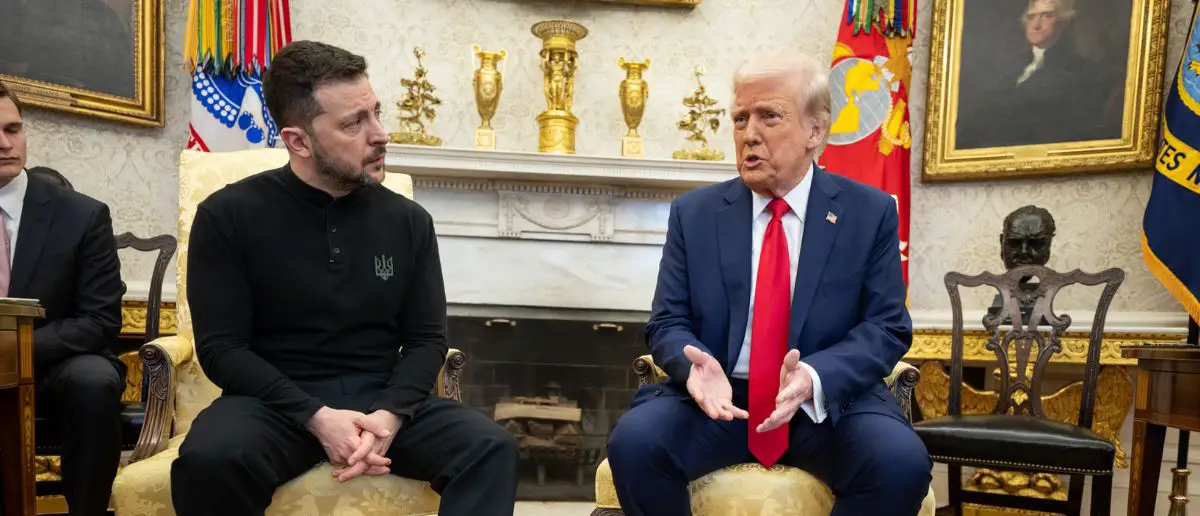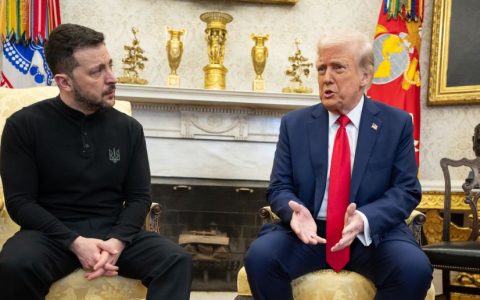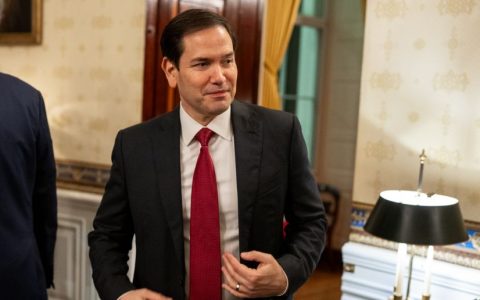
The war in Europe is raging everyday. And America has had enough.
Now JD Vance silenced Russia and Ukraine with one sobering ultimatum.
U.S. Pushes Bold Plan to End Russia-Ukraine Conflict
Vice President JD Vance, speaking to reporters in India, unveiled a decisive U.S. strategy to halt the Russia-Ukraine war, now in its fourth year.
The U.S. has presented both nations with a clear ultimatum: accept a proposed peace deal or face the possibility of America stepping back from diplomatic efforts. This move signals a pivotal moment in the conflict, with the U.S. aiming to broker a resolution while emphasizing the potential for mutual gains.
A Clear Proposal for Peace
Vance outlined the U.S.’s proactive approach, emphasizing exhaustive diplomatic efforts. “We’ve issued a very explicit proposal to both the Russians and Ukrainians, and it’s time for them to either say yes or for the U.S. to walk away from this process. We’ve engaged in an extraordinary amount of diplomacy, of on-the-ground work,” he told reporters.
He stressed that lasting peace requires both sides to lay down arms. “The only way to really stop the k*lling is for the armies to both put down their weapons, to freeze this thing and to get on with the business of actually building a better Russia and a better Ukraine,” Vance said.
The proposal follows a temporary Easter ceasefire that collapsed, with Russia and Ukraine trading accusations of violations. President Donald Trump has been vocal about the urgency of ending the conflict, warning against prolonged delays.
“Think about it, every day a lot of people are being k*lled as we talk about, you know, as they play games, so we’re not gonna take that,” Trump told reporters, expressing optimism about the U.S.’s role. “I think we have a good chance of bringing peace to Ukraine and Russia.”
Diplomatic Shifts and Representation
The U.S. approach comes amid changes in its diplomatic engagement. Secretary of State Marco Rubio opted out of attending ceasefire talks in London due to “logistical issues,” according to State Department spokesperson Tammy Bruce.
Rubio later clarified on X that he plans to “follow up after the ongoing discussions in London and reschedule my trip to the UK in the coming months.” In his place, Gen. Keith Kellogg, special presidential envoy for Ukraine, is representing the U.S. at the talks.
Rubio’s absence follows his recent warning that the U.S. could withdraw from negotiations within “days” if progress stalls, a stance Trump endorsed, noting Rubio was “right in saying that we want to see it end.”
The administration’s firm rhetoric emphasizes its commitment to expediting a resolution while maintaining flexibility in its diplomatic strategy.
Challenges and Opportunities Ahead
Despite U.S. optimism, security experts caution that peace remains elusive, particularly given Russian President Vladimir Putin’s apparent reluctance to negotiate. Trump is banking on economic incentives, highlighting how post-war trade with the U.S. could benefit both nations.
This vision aims to appeal to Ukrainian President Volodymyr Zelenskyy and Putin, encouraging them to prioritize reconstruction and prosperity over continued conflict.
As the U.S. navigates this high-stakes diplomatic push, the outcome hinges on whether Russia and Ukraine can align on a shared path forward. The proposal represents a bold step toward ending the war, with the promise of a revitalized future for both nations if they seize the opportunity.





